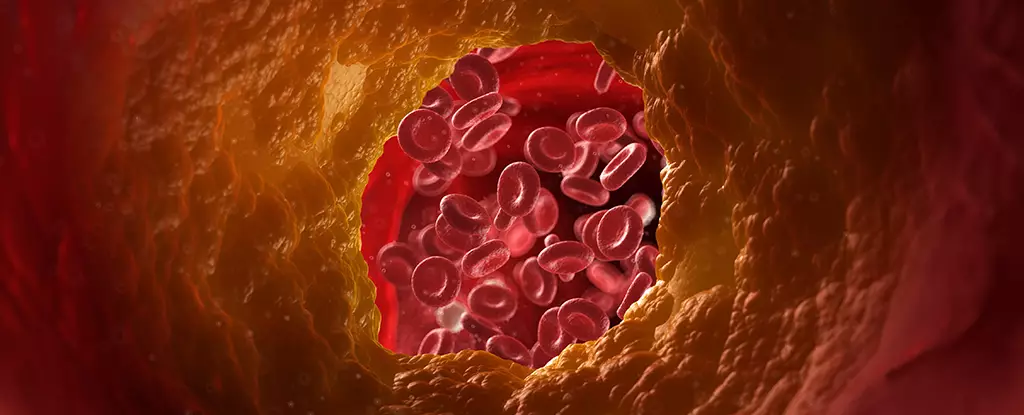Cardiovascular disease has consistently been a leading global health concern, claiming millions of lives each year. At the heart of many cardiovascular disorders is a condition known as atherosclerosis. This debilitating disease entails the accumulation of fatty substances, cholesterol, and dead cells within the arteries, leading to plaque build-up. Such constriction not only reduces the flow of blood but also thickens and hardens arterial walls, paving the way for serious health complications, including heart attacks and strokes. This backdrop makes innovative treatment methods imperative for combating atherosclerosis and restoring vascular health.
Recent advancements in scientific research have unveiled a groundbreaking approach to tackling arterial plaque: the use of carbon nanoparticles. Researchers, particularly a team hailing from Michigan State University and Stanford University, have pioneered a technique that utilizes these minute structures—smaller than a strand of human hair—in combination with targeted immune-modulating drugs. This inventive delivery system has demonstrated a remarkable potential for reducing plaque deposits, marking a substantial leap forward in atherosclerosis treatment.
What makes the research particularly compelling is the meticulous manner in which these nanoparticles function. Primarily, they aim to stimulate a natural immune response known as efferocytosis, which is critical for clearing out dead or dysfunctional cells that entrench plaque. In conditions where plaque accumulation exceeds the body’s ability to perform efferocytosis, the consequences can be dire. The effectiveness of these nanoparticles in reigniting this crucial process offers new hope for patients afflicted with atherosclerosis.
In their recent studies, the team was able to showcase the efficiency of their technique on animal models, specifically using pigs as subjects. Bryan Smith, a biomedical engineer involved in the research, commented on their results, noting a significant reduction of plaque as confirmed through positron-emission tomography (PET) scans. These imaging techniques enabled the researchers to observe just how effectively these nanoparticles were engaging the immune system to combat arterial blockages.
Interestingly, the trials have reinforced the precision of this therapy. The treatment not only succeeded in significantly diminishing plaque volume but did so without inflicting collateral damage on surrounding healthy arterial tissue. This specificity is crucial, especially given the risks posed by non-targeted therapies that can inadvertently harm healthy cells. The absence of anticipated side effects, such as anemia in this case, further cements the attractiveness of this approach.
While research surrounding carbon nanoparticles is promising, it is essential to recognize that cardiovascular health cannot solely hinge on innovative therapies. Preventive strategies, including adopting healthier diets and increasing physical activity, continue to be paramount. A multi-faceted approach that intertwines cutting-edge therapies with lifestyle modifications can significantly enhance outcomes for individuals at risk of cardiovascular complications.
The ongoing investigations by the Michigan State and Stanford University teams aim to further refine these nanoparticle agents, making them suitable for human clinical trials in the near future. Should this research progress into safe and efficacious human treatments, the implications could be revolutionary—not only for individuals suffering from atherosclerosis but also for the broader landscape of cardiovascular health management.
The advent of carbon nanoparticles for addressing plaque build-up in arteries heralds a new era in cardiovascular disease treatment. The potential of this technique to restore the body’s natural processes while minimizing side effects offers unprecedented hope for those grappling with atherosclerosis. As researchers continue to investigate the viability of these nanoparticles for human applications, there remains cautious optimism that such innovations could drastically reduce the incidence of cardiovascular diseases and enhance patients’ quality of life. The journey toward integrating these advancements in clinical practice may very well lead to a future where cardiovascular disease is more manageable and, eventually, preventable.


Leave a Reply